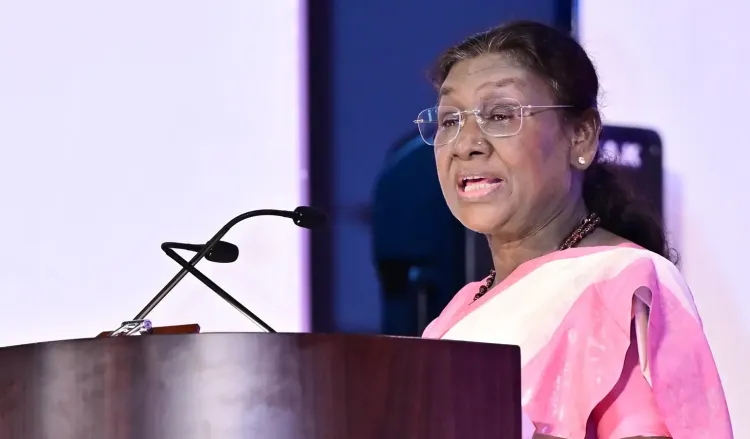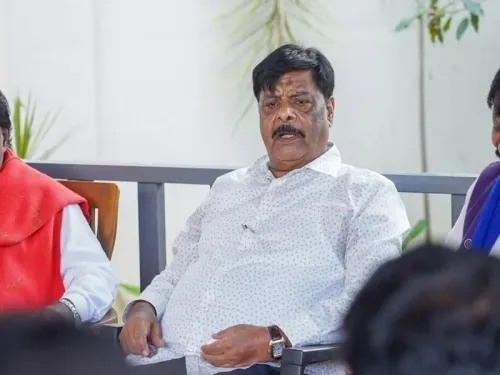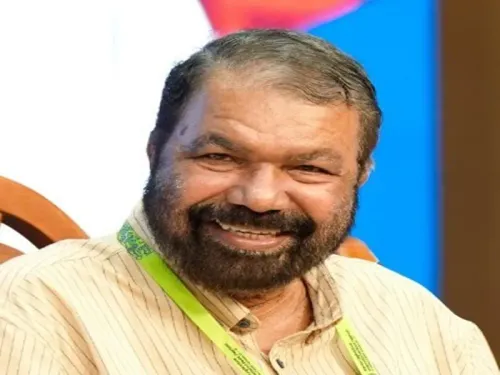How Have Kerala Women Shaped Leadership in India?

Synopsis
Key Takeaways
- Kerala women have significantly influenced India's Constitution.
- Justice Anna Chandy was India's first female High Court Judge.
- Women’s education is vital for social transformation.
- The Gender Budget has seen substantial growth over the past decade.
- Women-led MSMEs are crucial for economic progress.
Ernakulam, Oct 24 (NationPress) President Droupadi Murmu commended the women of Kerala for their pivotal role in leading the nation and highlighted the significant contributions of 15 female members of the Constituent Assembly, including three from this southern state, who enriched the process of crafting the Constitution of India.
During her address at the centenary celebrations of St. Teresa’s College in Ernakulam, the President remarked, “Among those 15 remarkable women, three hailed from Kerala. Ammu Swaminathan, Annie Mascarene, and Dakshayani Velayudan played vital roles in discussions regarding fundamental rights, social justice, and gender equality, along with numerous other critical issues.”
The first woman to serve as a High Court Judge in India was Justice Anna Chandy, who took her position in the Kerala High Court in 1956. Additionally, Justice M. Fathima Beevi made history by becoming the first female judge in the Supreme Court of India in 1989, the President noted.
She emphasized that St. Teresa’s College has consistently promoted women’s education in India, deeply rooted in spiritual values.
“This represents a tremendous contribution to social transformation and nation-building. We must honor the vision and legacy of the esteemed individuals who founded and sustained this institution through a century of achievements,” she stated.
The President acknowledged that the talented women students of St. Teresa’s College embody the essence of a thriving and vibrant young India.
She stressed the importance of women's active involvement for the country to fully capitalize on its demographic dividend.
Murmu also noted that the allocation for the Gender Budget has expanded by four and a half times over the past decade.
“The number of women-led MSMEs has nearly doubled from 2011 to 2024. A crucial pillar to realize the vision of Viksit Bharat by 2047 is to achieve a 70 percent women workforce participation,” she remarked.
Women from various socio-economic backgrounds have been instrumental in driving India’s progress. She expressed satisfaction that alumnae of this college have positively contributed to the country’s development.









